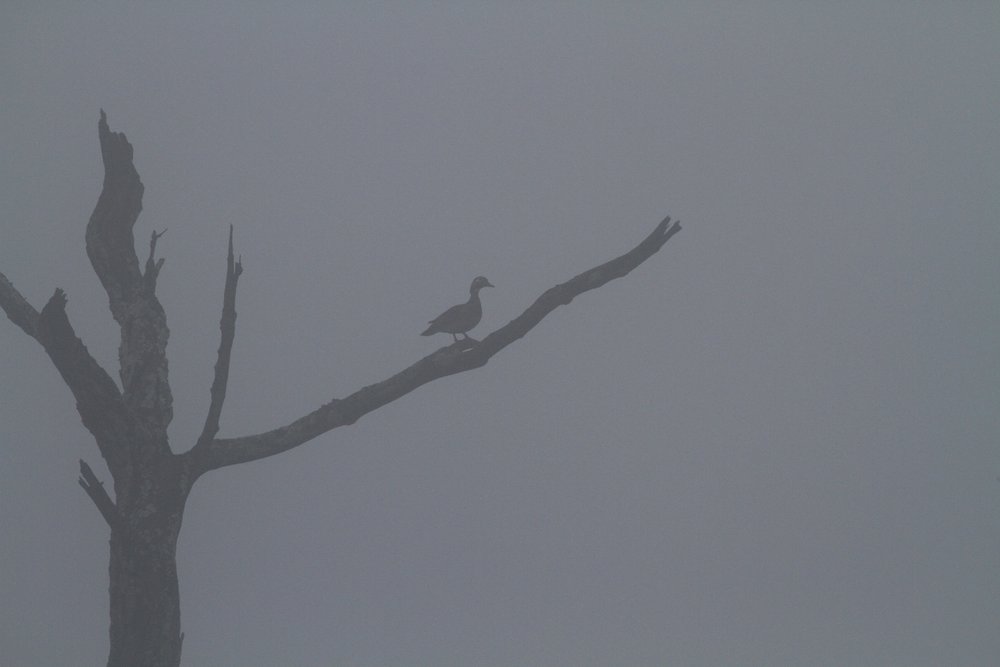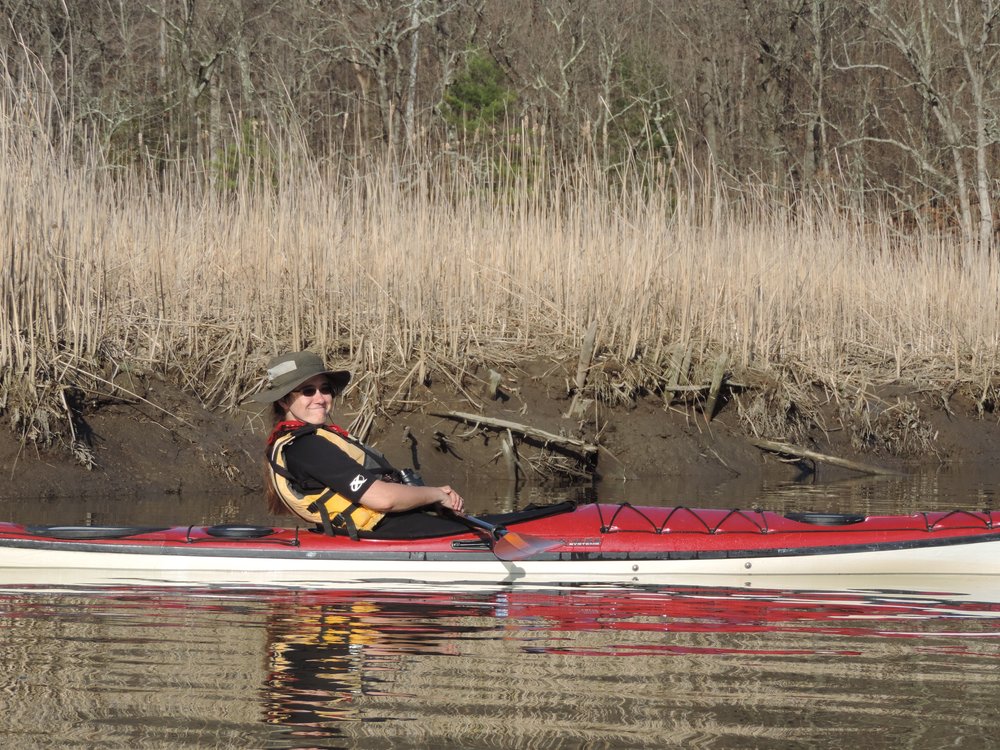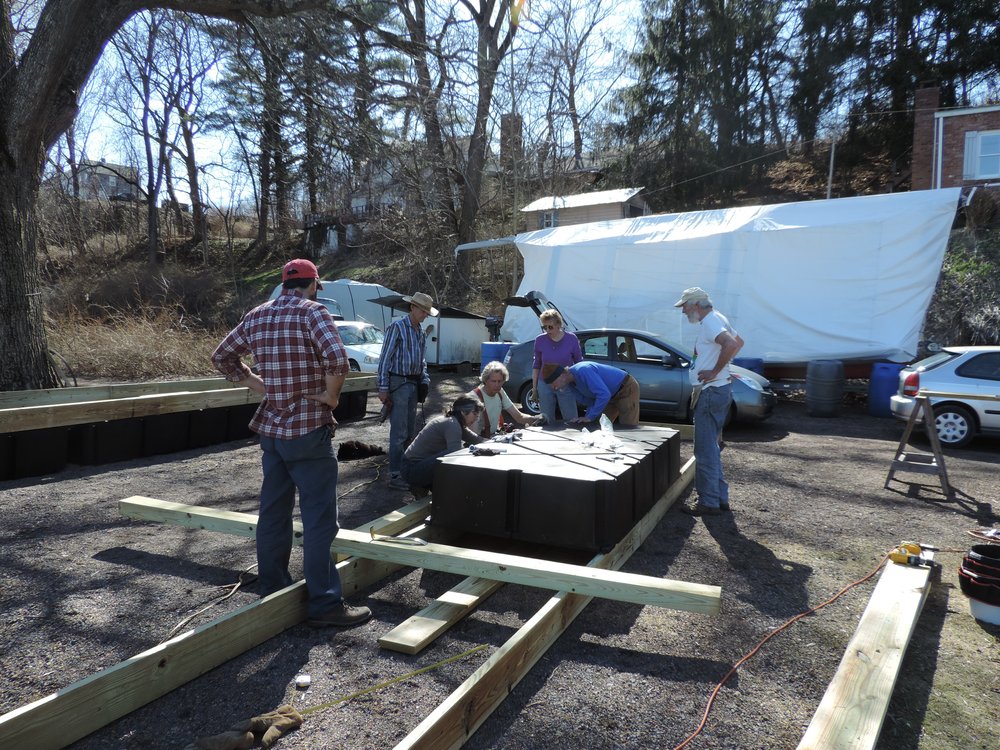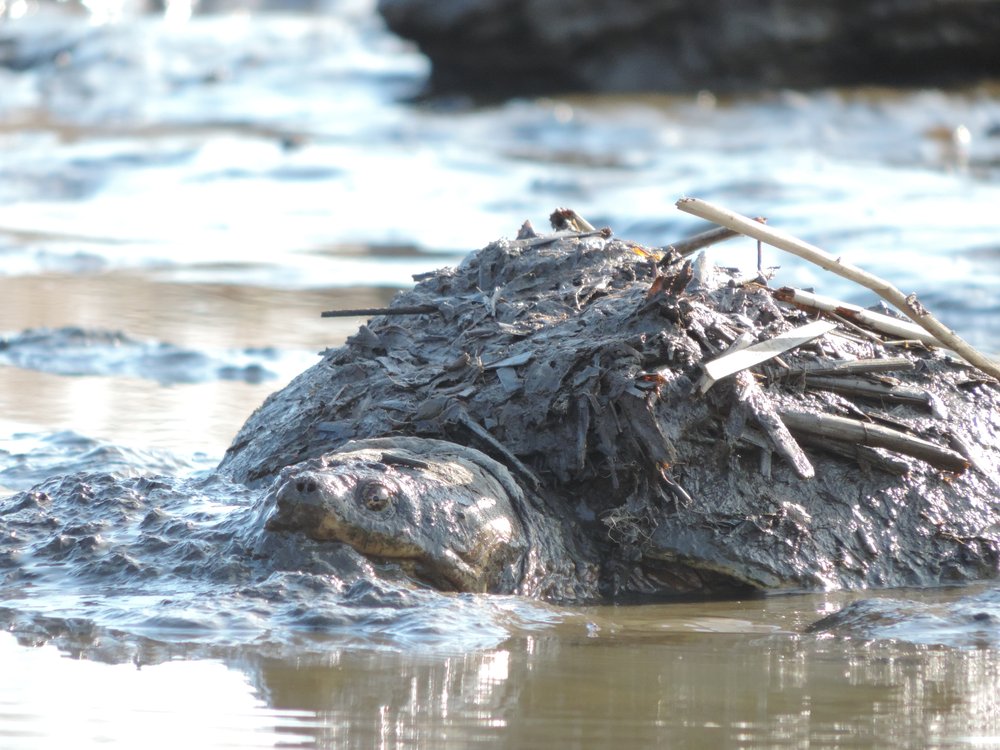
Four of us carted our kayaks down the wooden stairs at the North Tivoli Bay launch at noon. Sun, blue sky, a light breeze had taken over. We eased our wetsuit-cloaked bodies into our sleek boats and pushed off. It seemed so normal. And yet but two months ago we were walking this same spot on ice, hefting through snow that reached to our thighs. Now it was all liquid and freedom. To paddle out, under the railroad trestle onto the Hudson River, cold and brown, wide and empty. We skirted the eastern shore, trailing the rip rap, and the still bare trees; the wake of a tug and barge knocked us around a bit. Then we popped back into the bay through a southern passage.

“Let’s see an osprey, a long tailed duck,” Christina said. "And a smew."
I nodded. The osprey was possible. As for the duck, less likely. I didn’t even know what a smew looked like but Christina had been clamoring for one for the past few weeks. (A smew is a dashing looking Eurasian black and white merganser, and a rare visitor to the western Aleutian islands of Alaska).
It is a treat to look for birds with someone more optimistic than I am. “Let’s go find that smew,” I said as we gathered to paddle across the river. The Hudson felt bare, exposed without green to rim the shoreline and boats purring north and south. We spied a few other kayaks but otherwise, it was us, the outgoing tide, and a few spring logs floating south.

North, we found green-winged teal on the shoreline, a few common mergansers floating nearby and bufflehead out in deeper water. I looked up to see an osprey flying over, the crooked wings distinctive.
“There’s your osprey,” I called to Christina. Sometimes I believe that if you wish hard enough to see a bird, it will appear. Was the smew next? No, what was next, was a one boat parade coming from the south. The unbalanced, brightly colored ship is a replica of the Half Moon, the ship Henry Hudson sailed in 1609. When I think of Hudson I don’t usually have kind thoughts, but looking at this squat ship, I scrolled back to imagine the courage, perhaps folly it took to embark on these early voyages.
 “And remember, no gps system or maps, just the moon and stars and a sextant and vast oceans of doubt and wonder,” I said to my travel mates.
“And remember, no gps system or maps, just the moon and stars and a sextant and vast oceans of doubt and wonder,” I said to my travel mates.
Once back in the North Bay, tired and happy from the sun and the movement, we moved slowly, chasing two disgruntled Canada geese. A barred owl hooted from the woods, an early evening call. I spied a lump in the mud--it was now low tide. The shape was odd enough that I stopped to look. Sure enough, the mud lump had two eyes, nostrils. My first snapper of the season. Soon, it squished its head below the surface.
No smew, but a duck in the fog and a snapper in the mud. A river to paddle and friends to paddle with.
